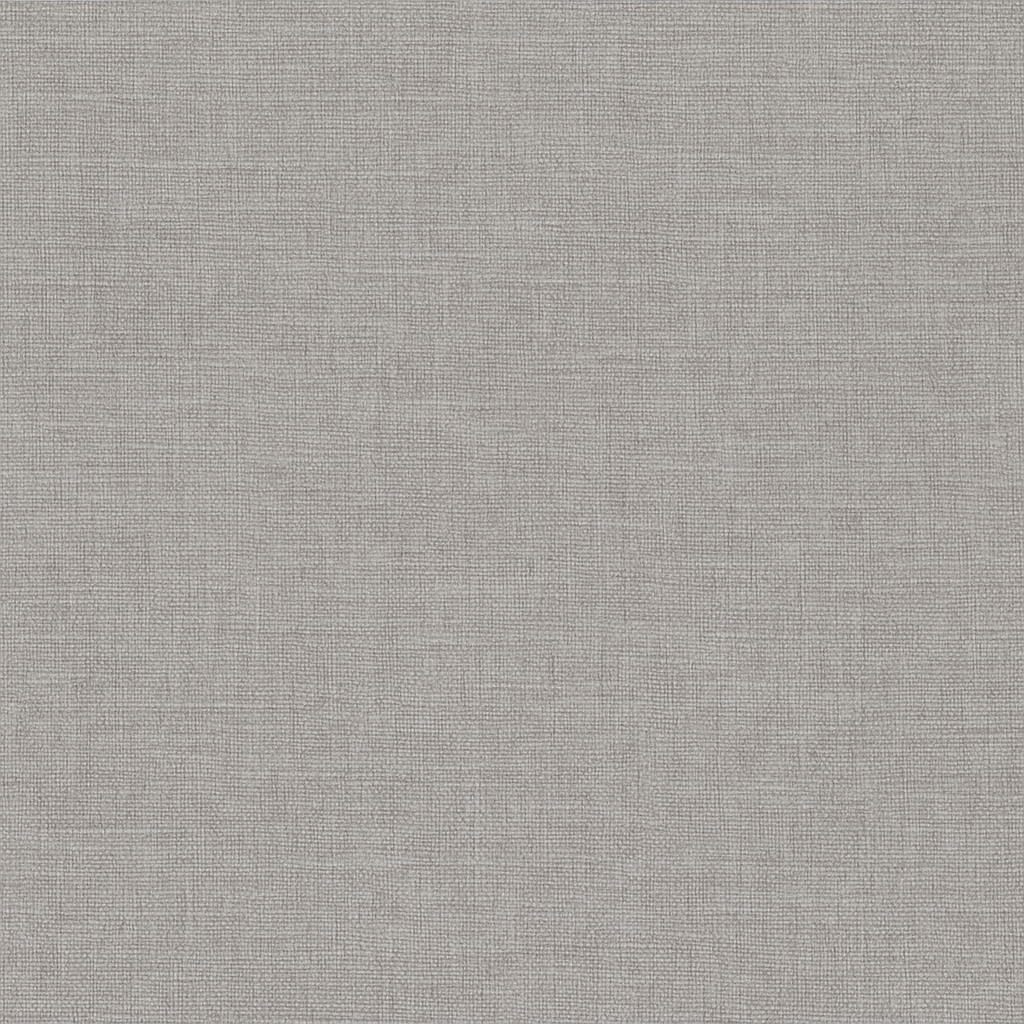
Closing the Loop: ZEGNA
Grade: A+ | Year 2 | Module: Sustainable Supply Chain Management
For me, luxury and sustainability are inseparable. Yet the luxury industry has long faced criticism for its lack of transparency and accountability. According to the Fashion Transparency Index (2023), luxury brands have been notoriously secretive and disclose very little about their supplier networks or environmental impact. Findings from a research by Hubbub and the University of Leeds break the myth that luxury pricing guarantees quality or longevity.
This dissonance between expectation and reality became the starting point for my exploration of ZEGNA’s suit supply chain for this particular module. I wanted to see how a house that is known for its craftsmanship could restructure its supply chain for the better.
What I found:
ZEGNA operates a vertically integrated supply chain, with almost complete control over all stages of production. Despite total control over various stages of production, major sustainability gaps remained, particularly in the dyes used, the dyeing methods, traceability, aftercare and end-of-life management.
Dyeing is the most energy intensive stage of production, especially for wool, requiring prolonged heating that damages fibres.
Synthetic dyes, by not binding well with wool, compound the issue, as their runoff creates carcinogenic by-products that harm life on land and under water.
Traceability remains limited in the Italian manufacturing ecosystem, subject to its fragmented nature. This weakens the credibility of the Made in Italy label and explains ZEGNA’s lower Transparency Index of 33%.
Current dry cleaning methods use PERC (perchloroethylene), which is a carcinogen and a neurotoxin. A significant amount stays on clothes post cleaning, posing health risks to the consumer.
At end-of-use, consumers donate suits to charities. Though a noble act, post donation process lacks transparency and clothes often end up in landfills. Once the materials are lost, the process begins with virgin materials.
Proposed Solutions:
To address these challenges, I developed five solutions, each aligning with the principles of Doughnut Economics.
Low Heat Dyeing: Replacing water with D5 (Decamethylcyclopentasiloxane) as the dyeing medium reduces energy by 24.28% and water use by 32.5%.
Earth’s Palette: Wool absorbs natural dyes better. By using natural dyes in D5, water use is reduced by up to 80% and GHG emissions by 43.7%. Potential partnership with BioDye for natural dyes.
Source, Track, Trust: Digital Product Passports adopting blockchain technology for enhanced traceability and in-store gamified experiences to gain consumer trust through storytelling.
BLANC it Up: Collaborating with BLANC for dry cleaning services using liquid CO2, eliminating chemical solvents.
ZEGNA Loop: Creating a reverse logistics system to allow customers to either refurbish worn out suits or get new ones. Reverse logistics systems are found to increase consumer spending by up to 10% by the third visit, ensuring profitability while materials are kept in circulation.
I presented my findings through an A1 poster and delivered a professional 10-minute presentation as part of my final submission, outlining how ZEGNA can weave a truly regenerative legacy.
Key Skills:
Analytical Thinking
Attention to Detail
Critical Evaluation
Presentation Skills
Visual Communication
Problem Solving
Ethical Awareness
See the full file here